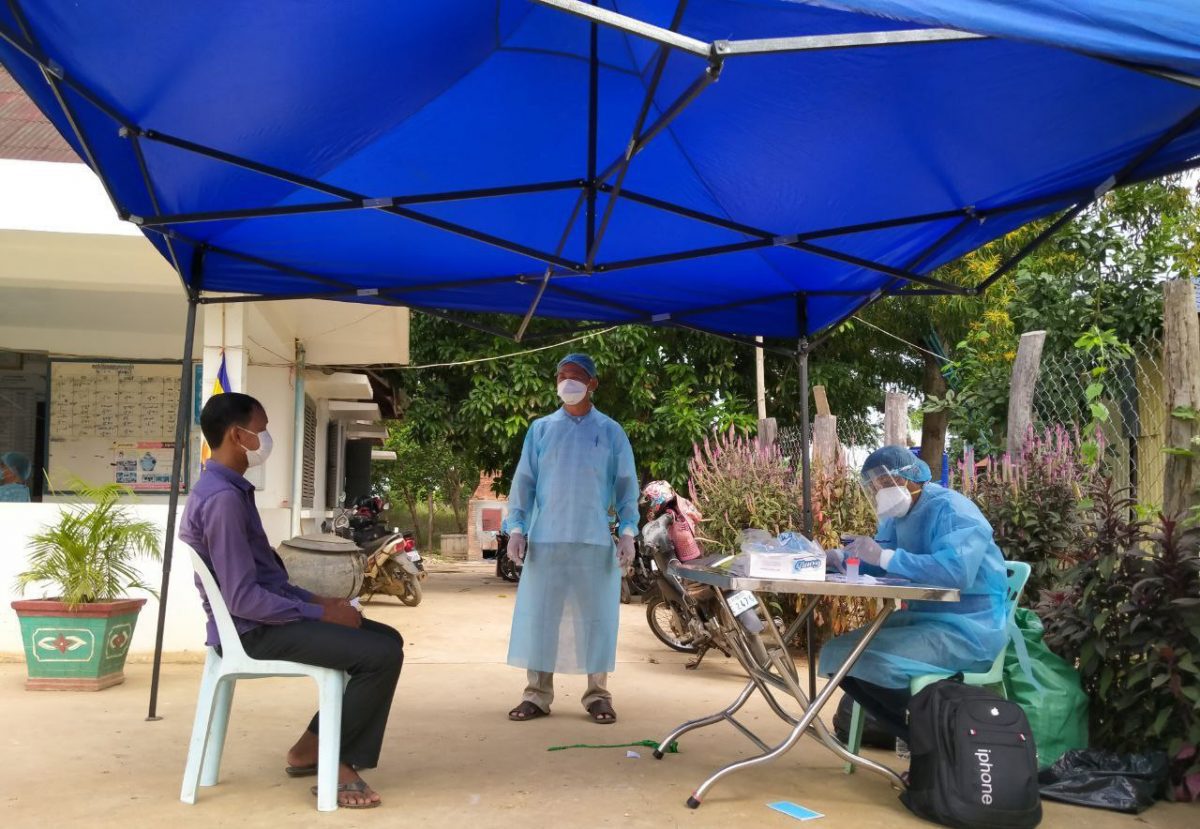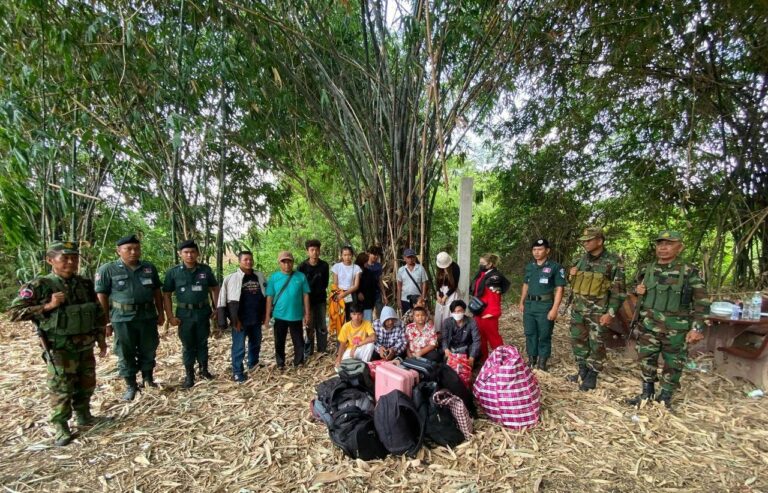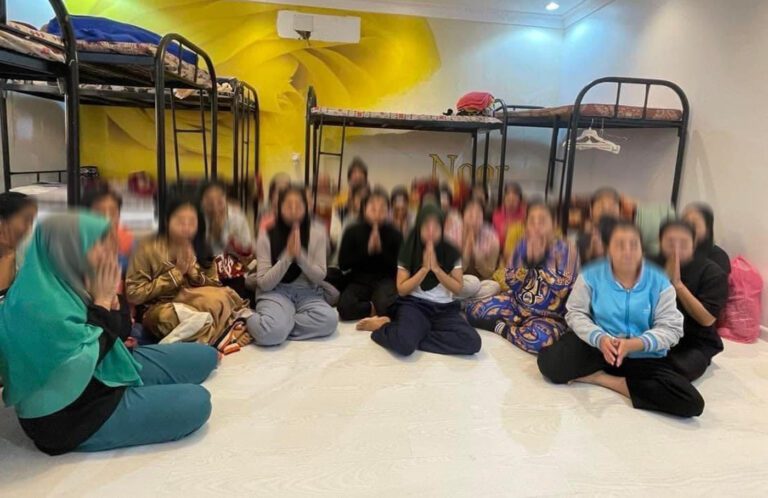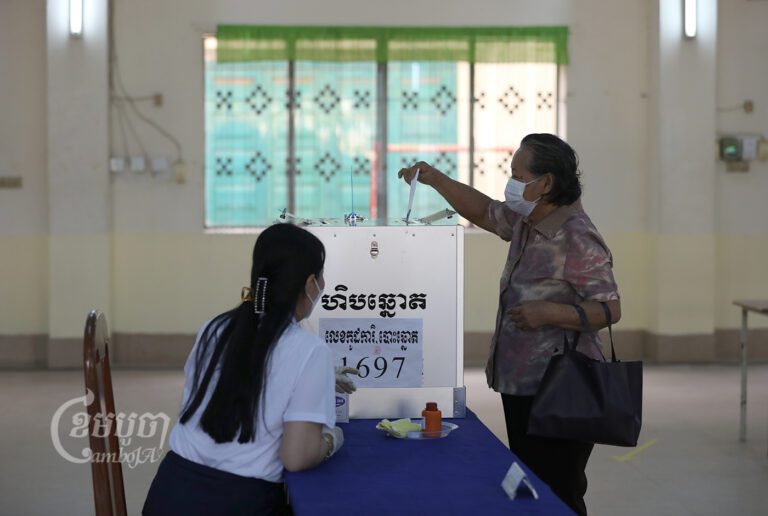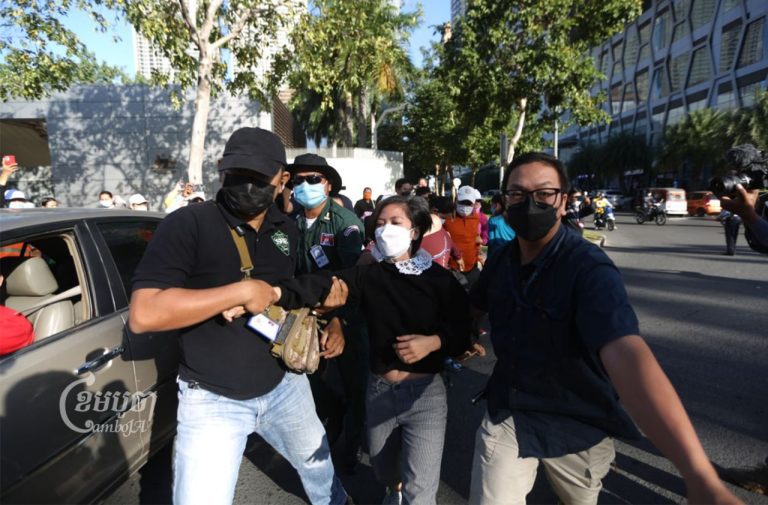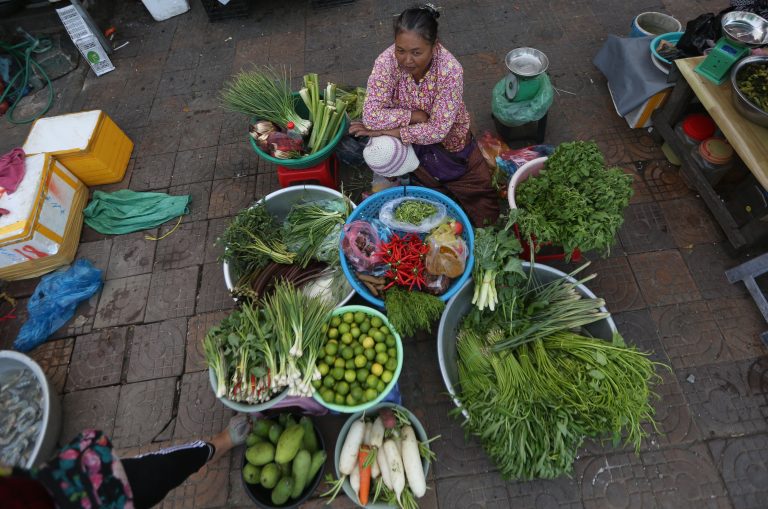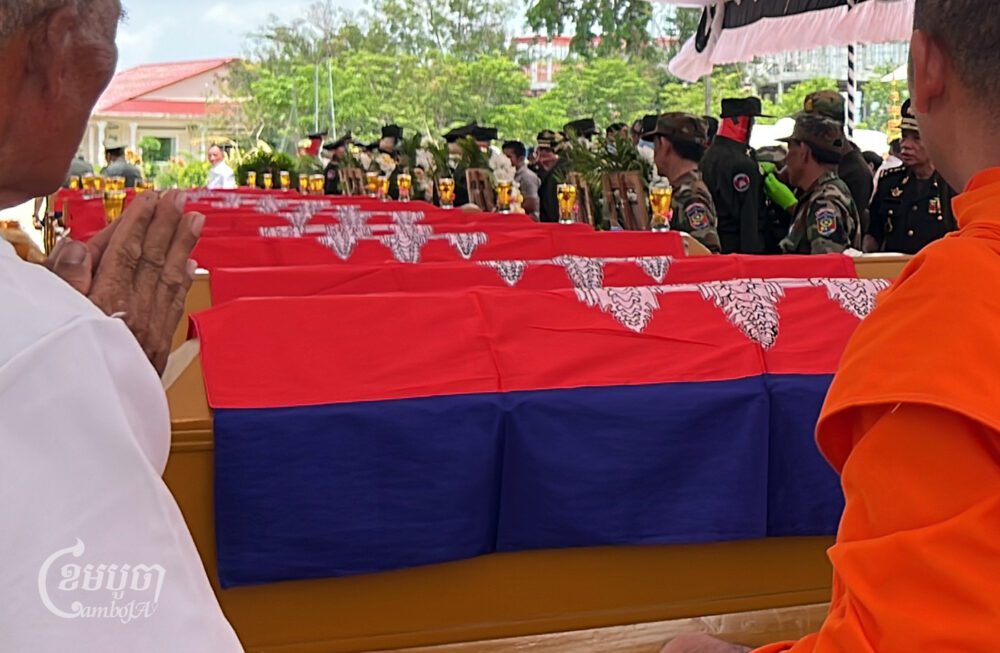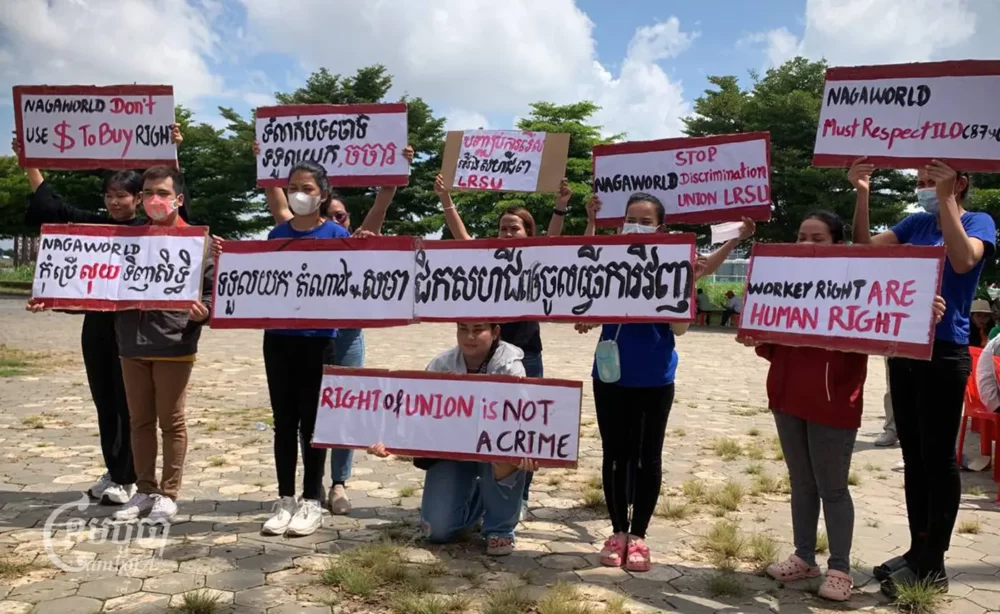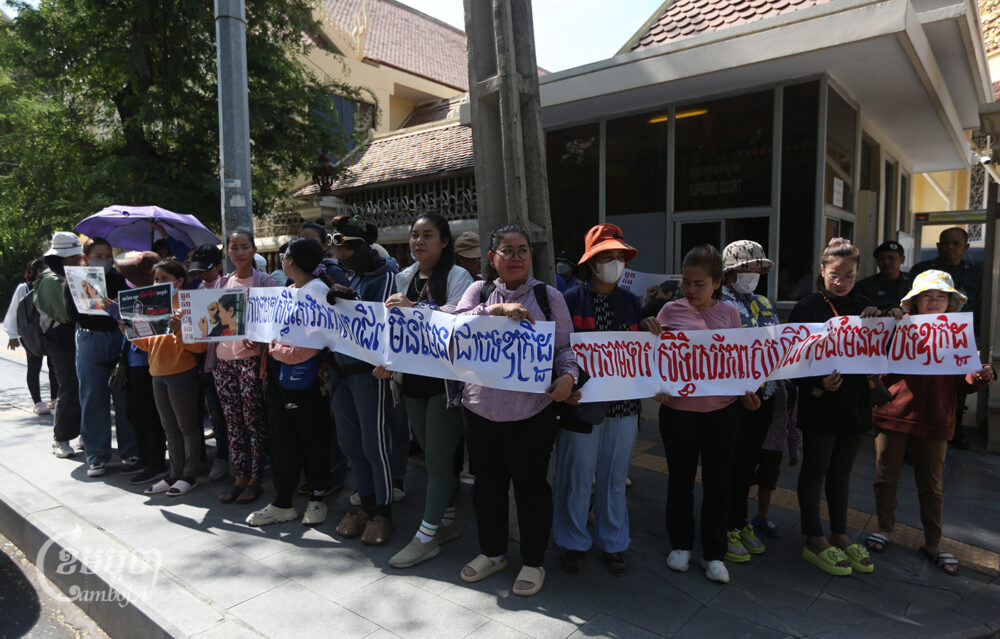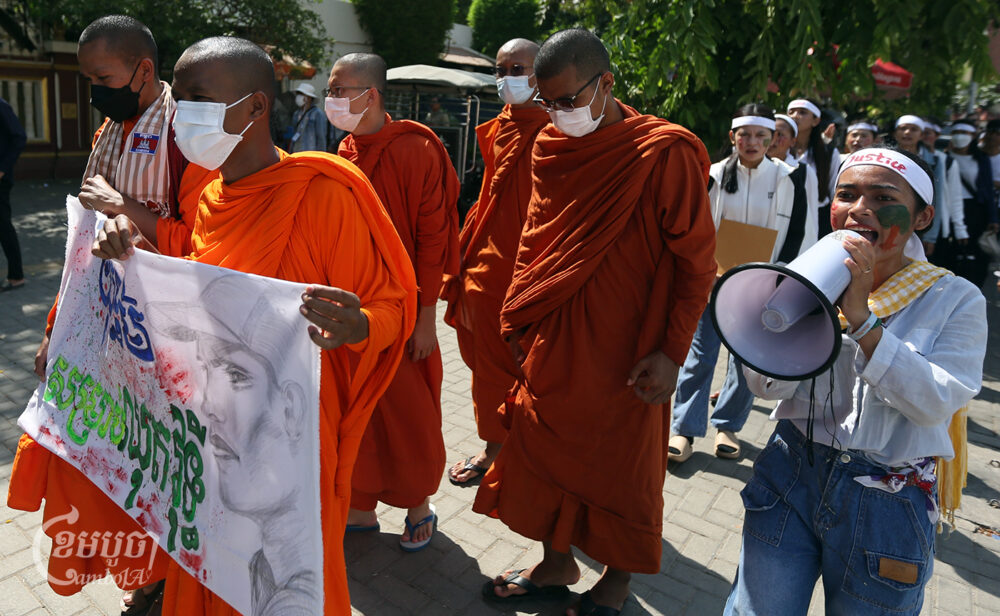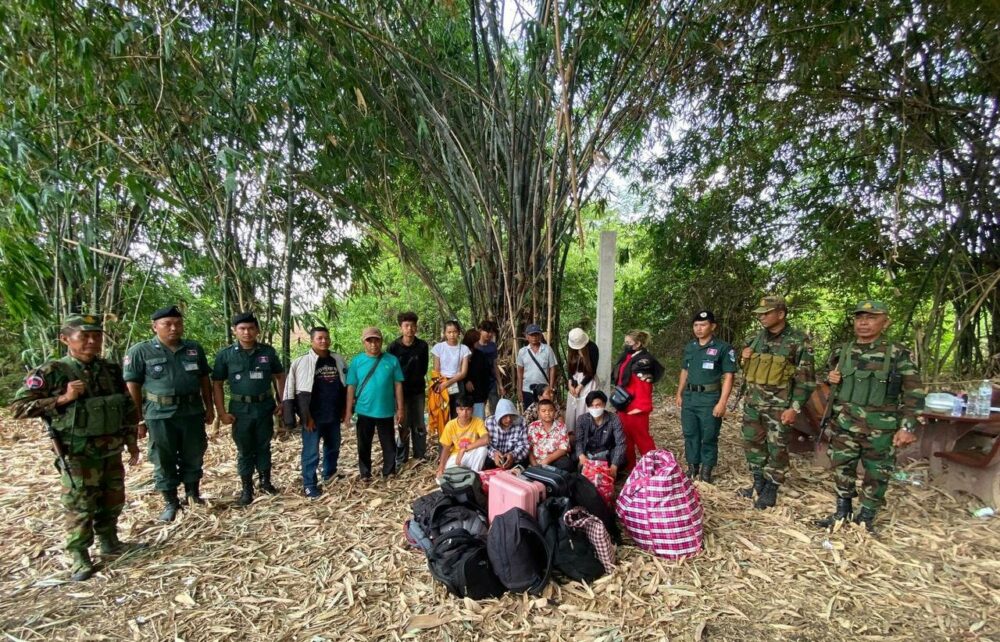From January 2020 to November 2021, the International Organization for Migration (IOM) screened 15,034 migrant workers in Cambodia for tuberculosis. It found that only 1,519 had tested for the disease, of which 342—including 166 women—tested positive and were referred to health centers for treatment.
Dum Chanthida, the national project officer of IOM in Cambodia, told CamboJA that of the total number of migrants screened, 2,271 were found to have presumptive tuberculosis – of that number, 2,027 migrants received the CXR examination while 1,519 tested with Gene Xpert.
She said that tuberculosis is one of ten dangerous diseases that imply fatal risks for patients if left untreated. “If any patients [of TB] do not go to hospital for treatment, they will face [the possibility of] death,” she said.
Inactive tuberculosis carries a low rate of infection. But if patients exhibit symptoms like cough and chest pains and do not seek treatment, the rate of infection can be high, especially among those living together in the same household. At the same time, Chanthida encouraged people not to fear the disease, as recovery is possible with treatment.
She added that tuberculosis patients often complain about the long period of treatment, which can take six months, and the side effects of medication. “So some patients abandon treatment medicine, as when they took it for the first time, they were not encouraged.”
The IOM’s tuberculosis screening of migrant workers began prior to 2012, when a working group’s research revealed that most Cambodian migrant workers who worked illegally in Thailand were met with difficult and insecure situations, which affected their health. However, the screening project was suspended soon after due to a lack of donor funds – until the end of 2020, when the pandemic eased and the project could restart again, with new funding.
The IOM has appealed to its partner NGOs to expand the project to other provinces along the Thai-Cambodian border, but funds remain limited. “For the tuberculosis project to support migrants from 2022 to 2024, we still only work in Banteay Meanchey province and we cannot expand to other provinces,” Chanthida said.

Ms Saveth, a 38-year-old migrant worker who lives in Banteay Meanchey province’s Mongkol Borei district, said that she tested positive for tuberculosis nearly three months ago, after she and her husband returned from Thailand at the end of 2020.
“The reason that I allowed health officials to test me to find TB was because I always had pain in my chest and a sweaty back, and I was coughing sometimes. I bought medicine to swallow but I did not recover,” she said.
While toiling as a construction worker in Thailand for two years, she started to feel chest pains and self-medicated, which stopped the pain for a short time before it started again. She said she experienced side effects but continued with the medication as she wanted badly to recover.
During that time, she kept a distance from her family, eating food and using utensils separately because she was afraid of infecting them with the disease. Her husband and three children have not yet tested for tuberculosis and do not take preventive medicine.
She said, “I requested the government and NGOs for help to provide some budget to support TB patients, because we do not do any heavy work.” They could not perform manual labor as usual due to feeling weaker, which meant that they could not earn enough to support their families.
Phal Vimean, an IOM official in Banteay Meanchey, said that the project covered Cambodian migrant workers who returned through checkpoints in Banteay Meanchey, and that most who tested positive for tuberculosis were construction workers.
“Sometimes, they work over time and don’t eat enough and they get weakened and are easily infected with tuberculosis. On the other hand, they absorb a lot of dust at their construction sites,” Vimean explained.
At first, the IOM cooperated with provincial health officials to test migrant workers at the O’Bei Choan and international Poipet checkpoints, but that changed when those workers tested positive with COVID-19 and had to be quarantined. “We changed our strategy to go and screen them in their community after they finished quarantining,” he said.
He also said that when migrant workers tested positive for tuberculosis in other provinces, health officials would issue a doctor’s letter for them to receive treatment in their hometown. Most migrant workers who cross the checkpoints in Banteay Meanchey include not just those from that province, but also those from Siem Reap, Kampong Thom, and Battambang.
“TB prevention is similar to COVID-19 prevention. They must wear masks, keep distancing, and disinfect with alcohol,” said Vimean.
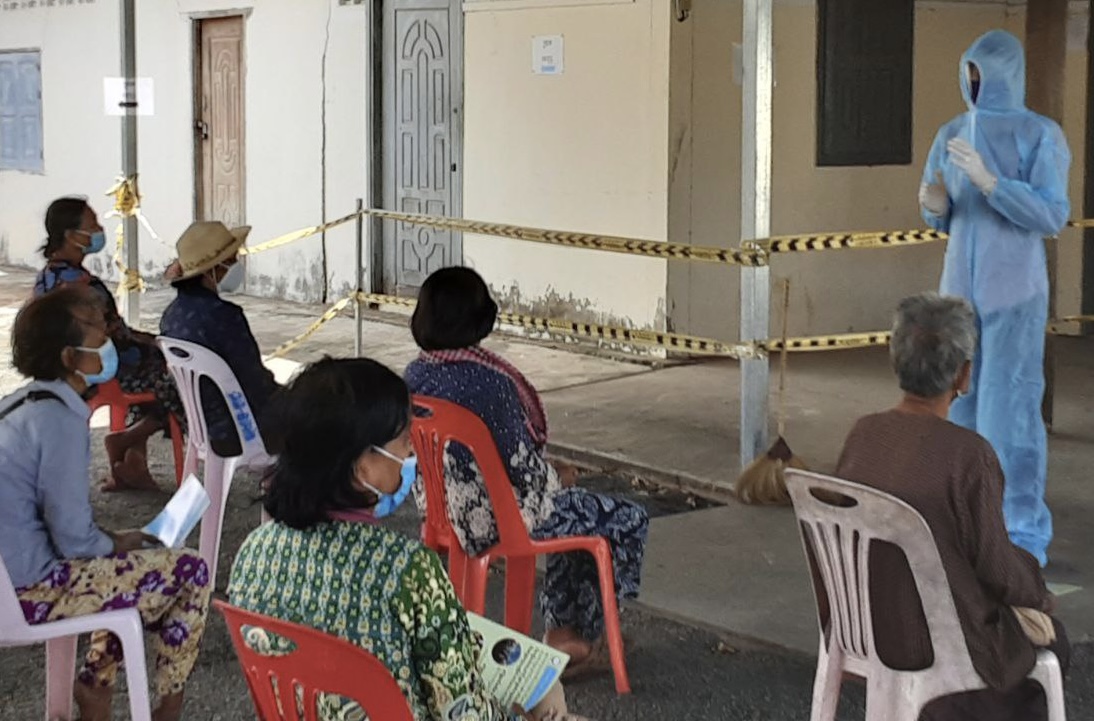
Soeung Sopheap, deputy director of district operations in Poipet city for the Banteay Meanchey provincial health department, said that most migrant workers who caught tuberculosis in Poipet are also construction workers. “However, we found [just] a small number of migrant workers who tested positive for tuberculosis,” he said.
In general, health officials found 500 to 600 new tuberculosis patients in the year before the COVID-19 outbreak in Poipet, but around the same number also recovered in the same period.
“On the other hand, we found more than 300 new TB patients in 2021.” He added that the numbers were reduced because of the COVID-19 spread – which led to some activities, such as construction, being ceased. In any case, he appealed to the public to get themselves tested if they suspect they have tuberculosis since screening for the disease has resumed.
Roeun Sothy, deputy director of the Banteay Meanchey provincial health department, said that it had cooperated with the IOM to cover tuberculosis screening for migrant workers returning from Thailand and to disseminate more information on the disease.
“Tuberculosis is often overlooked but it is an infectious disease. If we do not work hard to find cases of active TB for treatment, it will spread more and more,” he said. “So we need to do more research on the disease and make sure patients get treatment on time to reduce new infections.”
Huot Chan Yuda, director of the National Center for Tuberculosis and Leprosy Control (CENAT), said that IOM’s tuberculosis screening project on migrant workers has provided benefits to a national program that aims similarly to estimate the number of tuberculosis patients among Cambodian migrant workers.
During the pandemic, the Center’s program activities had also been affected when the government locked down some areas of the country. “We could not reach program targets, including training courses and workshops, because of the COVID-19 outbreaks,” said Chan Yuda.
However, he is optimistic that in 2030, Cambodia will no longer have a tuberculosis problem and that the disease will not present a high or fatal risk for Cambodians. However, he cautions that the pandemic has made it more difficult to carry out the program, and asks that all parties work together to reach common targets.
“Now, we have a new context [the pandemic], so we need to prevent TB infection based on the health ministry’s instructions. We need to wear masks, disinfect, and keep distancing, as we do with COVID-19 because TB also infects through coughs and sneezes like COVID-19.”
Choub Sok Chamreun, executive director of KHANA (an NGO also working to combat tuberculosis), said that according to a CENAT report, the estimated infection rate in Cambodia is 274 cases for every 100,000 people.
He said that the government and NGOs screening for tuberculosis have not been effective enough during the pandemic. Based on their research, they estimated about 35,000 cases of tuberculosis but found just around 30,000 positive cases in 2020. Last year, they found more than 20,000 cases of tuberculosis.
“To eradicate tuberculosis infections in 2030, we need to work twice as hard to research and find TB cases,” Sok Chamreun said. “At least, we need to find 35,000 to 40,000 cases of TB.”
He said that the national tuberculosis program cooperates with the IOM to screen Cambodian migrant workers returning from Thailand to Banteay Meanchey province.
He emphasized the importance of testing returning migrant workers from Thailand and said that KHANA also screens them where they live and not just at border checkpoints.
He added, “We can eradicate tuberculosis infections, but not unless all people work together, including the authorities and tuberculosis patients.”


